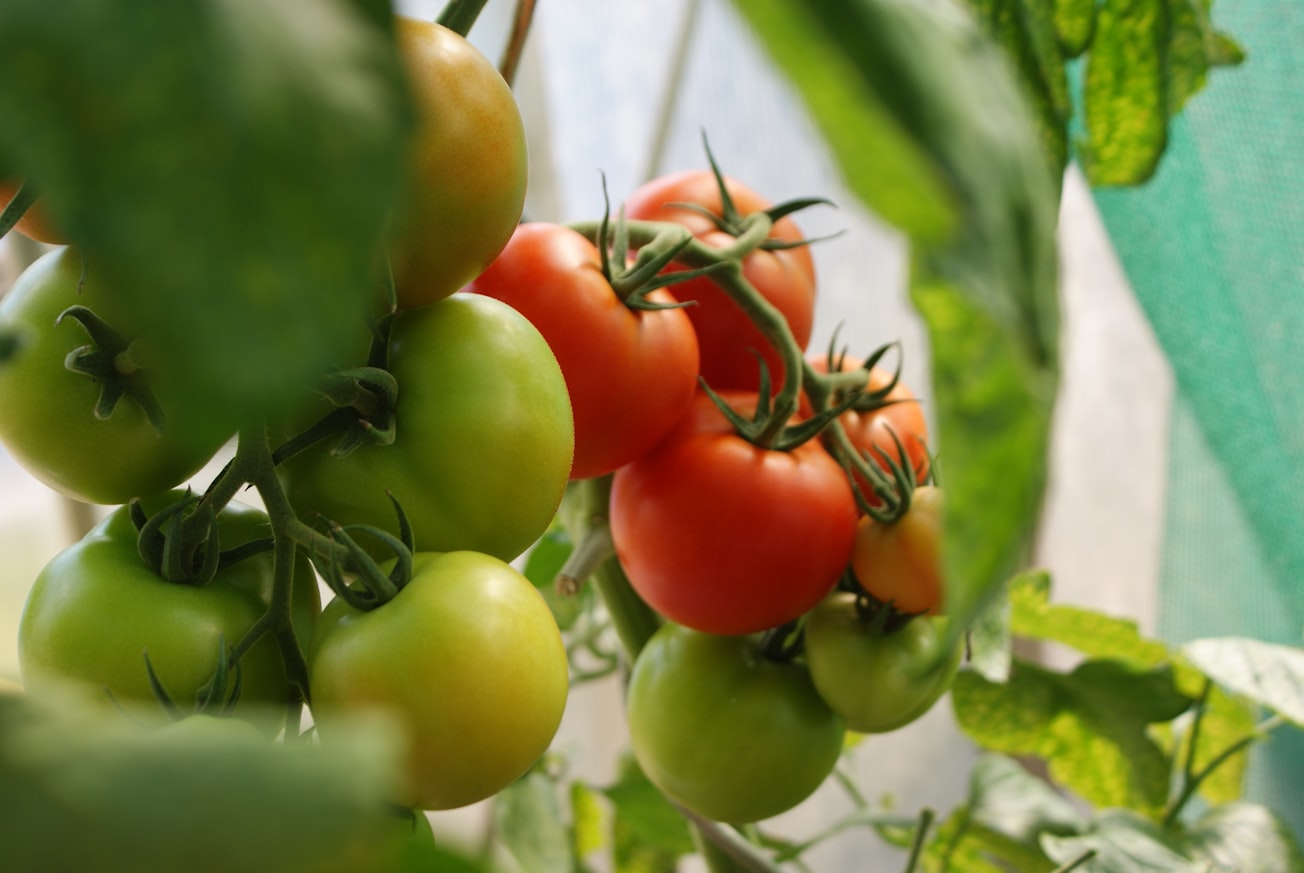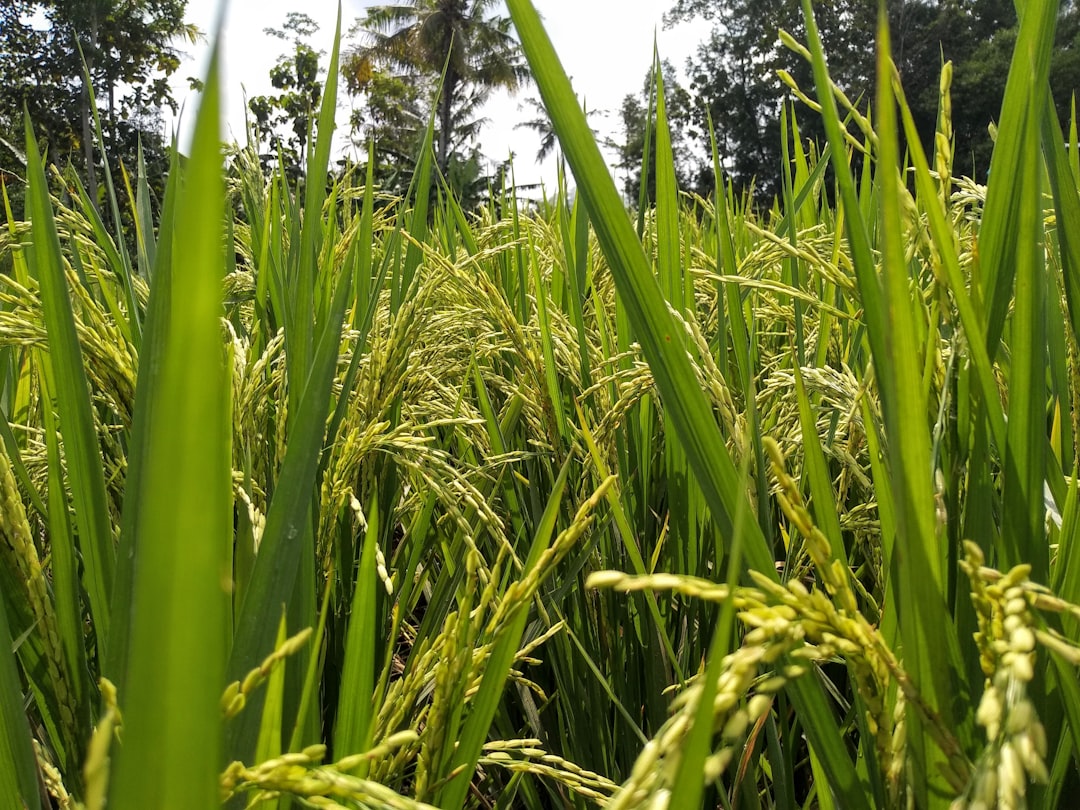What is it about?
The authors propose a tomato leaf disease classification method by exploiting transfer learning and features concatenation. The authors extract features using pre-trained kernels (weights) from MobileNetV2 and NASNetMobile; then, they concatenate and reduce the dimensionality of these features using kernel principal component analysis. Following that, they feed these features into a conventional learning algorithm. The experimental results confirm the effectiveness of concatenated features for boosting the performance of classifiers. The authors have evaluated the three most popular traditional machine learning classifiers, random forest, support vector machine, and multinomial logistic regression; among them, multinomial logistic regression achieved the best performance with an average accuracy of 97%.
Featured Image

Photo by Dani California on Unsplash
Why is it important?
The authors compare two state-of-the-art CNN pre-trained models MobileNetV2 and NASNetMobile, for image features used for plant disease classification. The authors proposed a Feature fusion of transfer learning features from MobileNetV2 and NASNetMobile models and perform dimensionality reduction of these fusion features using Kernel PCA. Afterwards, feature fusion is evaluated based on traditional ML classifiers SVM, RF, and MLR.
Read the Original
This page is a summary of: Tomato leaf disease classification by exploiting transfer learning and feature concatenation, IET Image Processing, January 2022, the Institution of Engineering and Technology (the IET),
DOI: 10.1049/ipr2.12397.
You can read the full text:
Contributors
The following have contributed to this page










